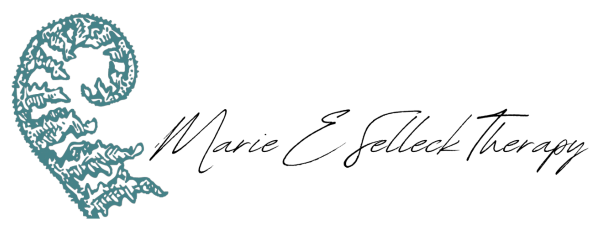Brainspotting for Pre-Verbal Trauma: Accessing Memories Without Words
Have you ever felt stuck with pain that you can't explain? Maybe you feel shame or guilt, but can't pinpoint why. This could be from trauma that happened before you could talk and/or comprehend - what therapists call "pre-verbal trauma."
What Is Pre-Verbal Trauma?
Pre-verbal trauma happens in our earliest years, from birth to around age 3, before we develop concrete language skills. Some examples of pre-verbal trauma can include birth by C-section, staying in the NICU, early life adoption, being left alone without being attended to for long periods of time, and much more. During early life, our brains store experiences differently. Without words to process what happens, these memories get locked in our physiology and emotions.
These early wounds can cause:
Unexplained fear or anxiety
Deep shame that doesn't make sense
Strong reactions to certain situations
Physical symptoms like tension or pain
A sense that something is wrong but you can't name it
The problem? Traditional talk therapy often hits a wall with these issues. How do you talk about memories that formed before you had words?
Enter Brainspotting
As a therapist who works with deep-seated trauma, I've found Brainspotting to be remarkably effective for accessing these wordless memories.
Brainspotting is based on a powerful truth: where you look affects how you feel.
The technique is straightforward but profound. By finding specific eye positions connected to your distress (called "brainspots"), we can access parts of the deep brain (ie. hypothalamus, amygdala, hippocampus) brain where developmental trauma is stored without needing words to describe it.
How Brainspotting Works with Pre-Verbal Trauma
Unlike therapies that depend on talking and storytelling, Brainspotting bypasses the need for language. Here's why this matters for pre-verbal trauma:
Body-Brain Connection: Your eyes connect directly to the brain's emotional centers. By finding specific eye positions linked to distress, we can access trauma stored in the brain's deeper, primal and reactive, non-verbal regions.
Safety First: During Brainspotting, you remain in control (this is not hypnotism). This creates safety, which is essential when working with early trauma.
Beyond Words: The therapy allows your body and brain to process trauma without having to explain or understand it first.
Breaking Through Shame: For those carrying unexplained guilt or shame, this approach offers relief without forcing you to articulate feelings you can't name.
What to Expect in a Session
A Brainspotting session for pre-verbal trauma might look like this:
You'll sit across from me, and I'll help you focus on an uncomfortable feeling or sensation in your body. While holding that awareness, your eyes will scan across my pointer or finger until we find positions where that discomfort intensifies.
That's your brainspot – the eye position that connects to the neural networks holding that early trauma.
Once we find it, you'll simply hold your gaze there. What happens next is remarkable. Your brain begins its natural healing process. You might experience:
Physical sensations
Emotional releases
Images or memories
Insights or awareness
Or simply a sense of something shifting
Throughout this process, words are optional. Your brain is doing the work without needing to narrate the experience.
Breaking Free from Unexplained Shame
Perhaps the most powerful aspect of using Brainspotting for pre-verbal trauma is how it helps dismantle shame and guilt that have no clear origin.
When trauma happens before we have language, we often blame ourselves without even knowing why. These core beliefs become woven into our identity: "I'm not good enough" or "Something is wrong with me."
Brainspotting helps your brain reprocess these experiences, releasing the emotional charge without requiring you to understand or explain them.
Real Results, Not Just Theory
In my practice, I've witnessed remarkable transformations:
Clients who've carried lifelong anxiety and jumpiness, find calm
Clients who have always suspected infant trauma, have confirmed it and feel less crazy, now realizing, “it all makes sense now.”
Physical symptoms like knee pain, unknown to be connected to trauma and stress, finally easing
A newfound sense of safety in their bodies and the world
The power of this approach lies in its respect for the body's wisdom. Your system knows how to heal – sometimes it just needs the right access point.
Moving Forward
If you suspect that pre-verbal trauma might be affecting your life, know that you don't need words to heal those wounds. Approaches like Brainspotting Therapy offer a path forward that honors the wordless nature of early experiences.
Your earliest hurts may not have language, but they can still find release. And in that release comes the freedom from unexplained shame and guilt that may have shadowed you for far too long.


